We’re all guilty of indulging in convenience food from time to time, but it can be easy to fall into the habit of eating them too often. While convenience helps us out when we’re busy, it can contain ingredients that negatively impact our health. From too many additives to hidden sugars, we look at 20 shocking truths about what’s really in our favorite foods:
Artificial Food Dyes
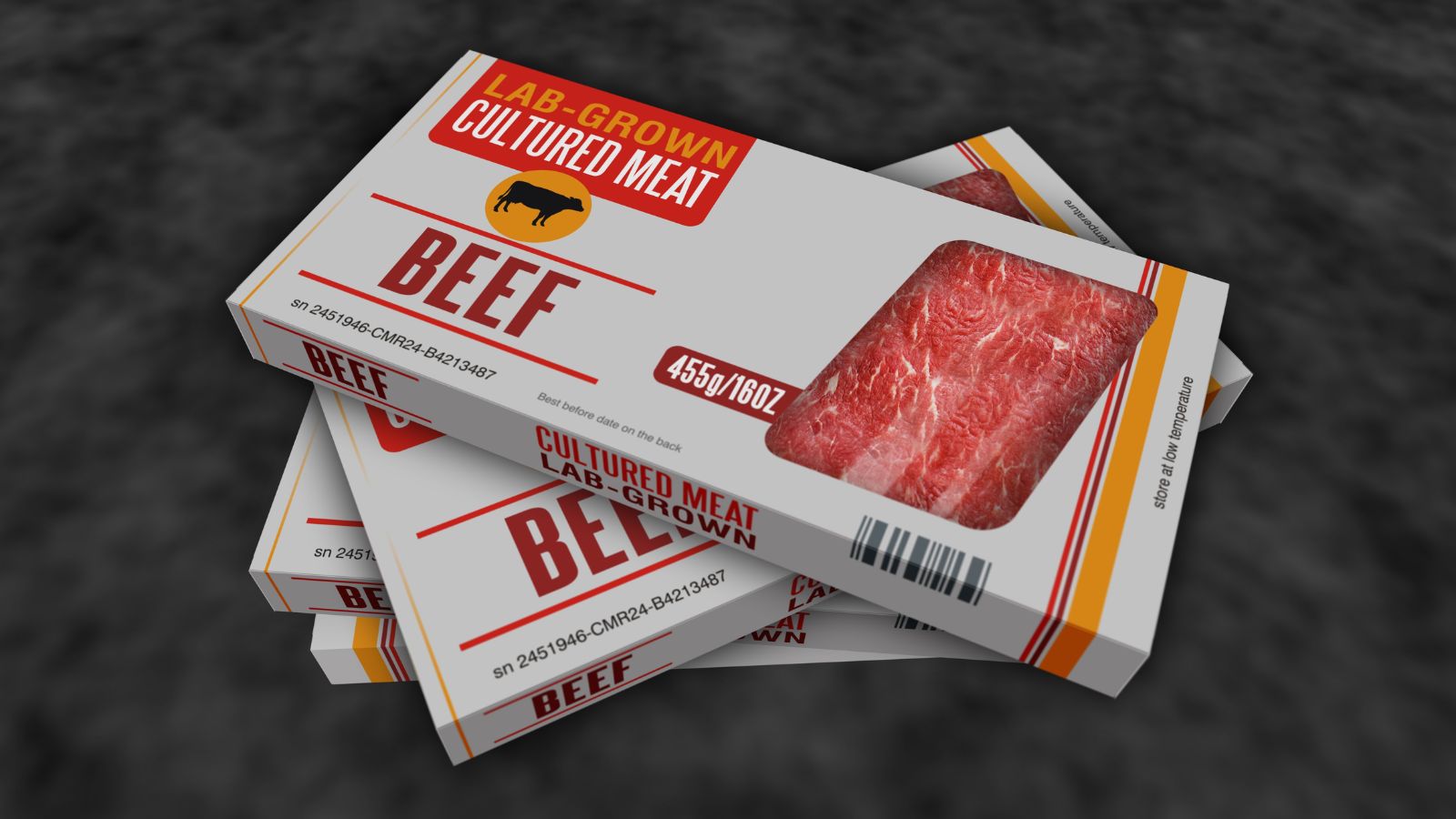
Brightly colored candies, cereals and snacks are often packed with synthetic dyes like Red 40, Yellow 5 and Blue 1. While studies are inconclusive, some research has shown these food dyes are linked to hyperactivity in children. There’s also some people who have allergic reactions, such as swollen lips and dizziness.
Hidden Sugars in “Healthy” Foods

Even seemingly healthy foods like granola bars, flavored yogurts and sports drinks can be loaded with hidden sugars. Ingredients like high fructose corn syrup, dextrose and fruit juice concentrate add sweetness but also spike blood sugar levels, leading to weight gain and other health issues.
Preservatives Like BHA and BHT
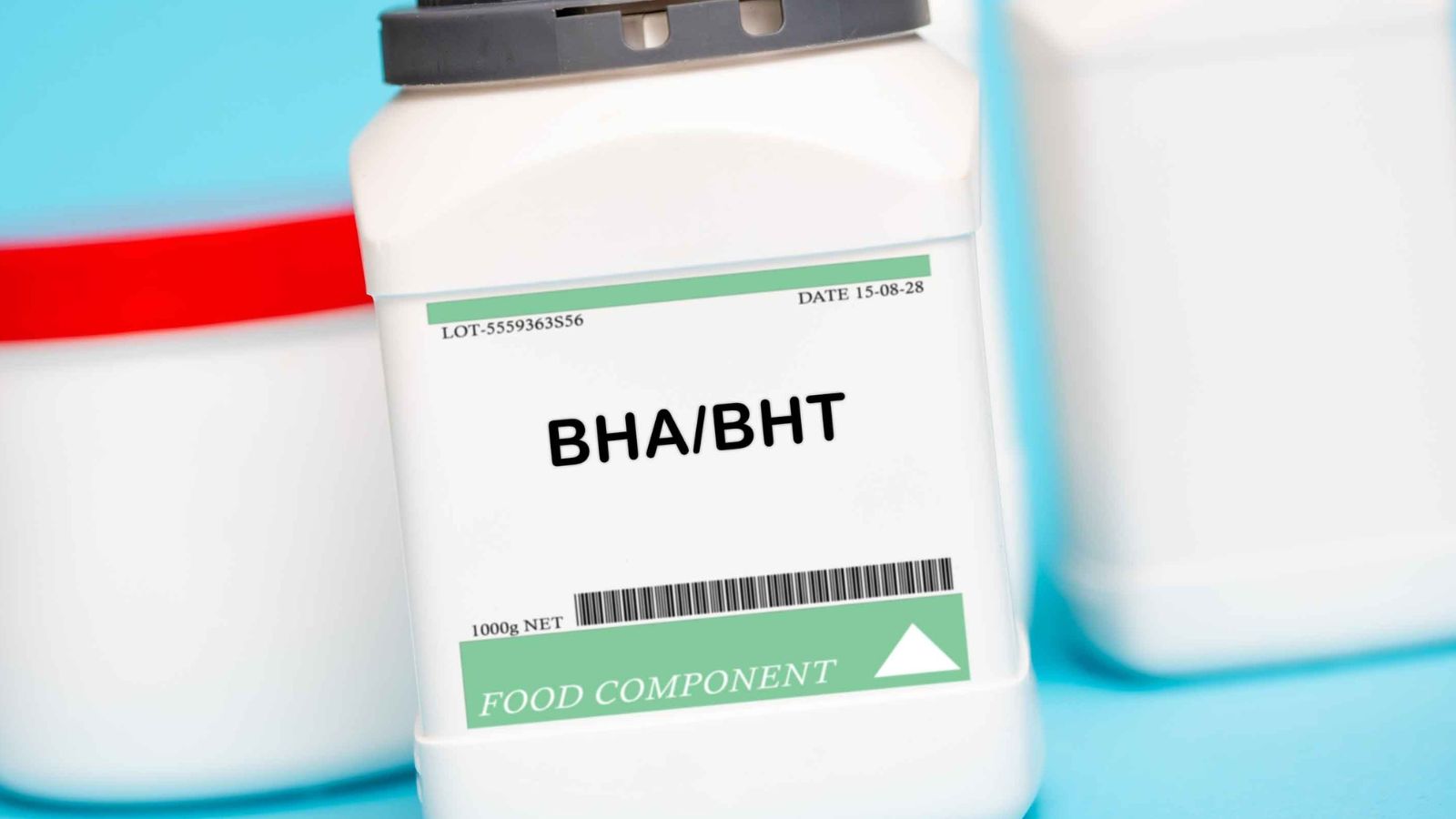
BHA (butylated hydroxyanisole) and BHT (butylated hydroxytoluene) are preservatives used to extend shelf life in products like cereals, chips and processed meats. While approved by the FDA, both are linked to potential cancer risks in high amounts.
Trans Fats Hidden in Processed Foods

Even though trans fats have been banned or reduced in many foods, some processed snacks, microwave popcorn and frozen meals still contain partially hydrogenated oils—a primary source of harmful trans fats that raise bad cholesterol and increase the risk of heart disease.
Chemical Flavor Enhancers Like MSG

Monosodium glutamate (MSG) is a flavor enhancer used in many processed foods, from chips to frozen dinners to soups. While some people are sensitive to MSG, reporting headaches or nausea, its long-term effects remain debated.
Pesticide Residues on Fruits and Vegetables

Non-organic fruits and vegetables often carry traces of pesticides, which can build up in your body over time. Strawberries, spinach and apples frequently top the “Dirty Dozen” list, meaning they contain the highest levels of pesticide residues.
Antibiotics in Meat and Poultry
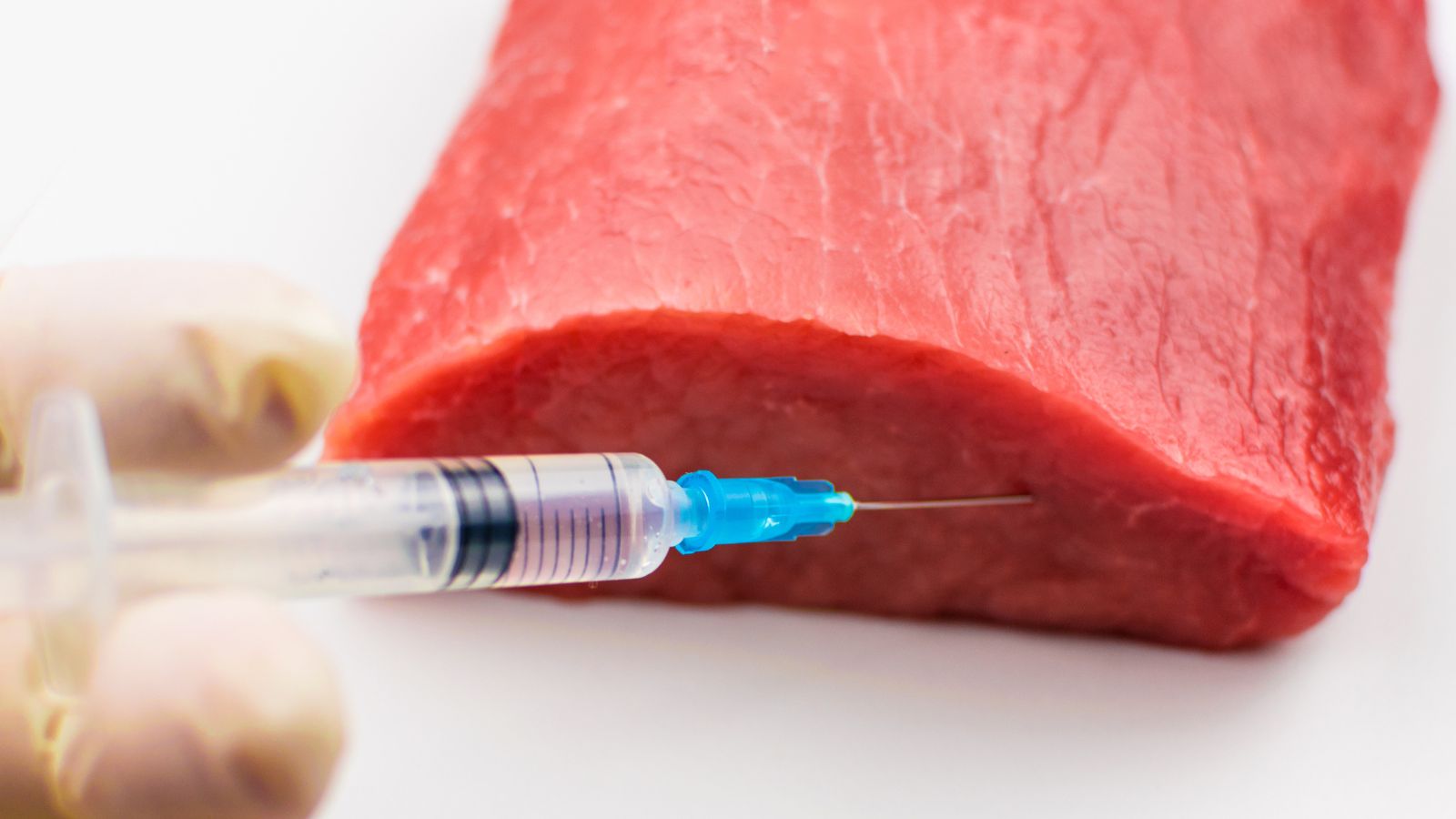
Much of the meat and poultry in grocery stores comes from animals that have been treated with antibiotics to prevent disease and promote growth. The overuse of antibiotics in farming increases the risk of antibiotic resistance in humans, which can lead to the development of superbugs.
Chemical Additives in Processed Cheese

That slice of American cheese on your burger isn’t just milk, salt and enzymes. Processed cheese products often contain emulsifiers, preservatives and artificial colorings, making it far from a natural food.
“Natural” Flavors Aren’t Always Natural

The term “natural flavors” sounds healthy, but it’s a vague label used to cover a variety of chemical compounds extracted from plants, animals, or even insects. These flavors are engineered to enhance taste but are far from the fresh ingredients you might expect.
Carrageenan in Dairy and Non-Dairy Products

Carrageenan, a thickening agent derived from seaweed, is found in many dairy and plant-based milks, yogurts and processed foods. While considered safe, some studies suggest it can cause inflammation and digestive problems in certain people.
High Levels of Sodium in Ready Meals

Even if a dish doesn’t taste salty, it could still be loaded with sodium. Restaurant meals, canned soups, frozen dinners and snack foods often contain excessive amounts of salt, which can contribute to high blood pressure and heart disease.
GMOs in Processed Foods

Genetically modified organisms (GMOs) are present in a lot of processed foods, such as corn chips, soy products and some cereals. Concerns about the potential effects of GMOs’ causing long-term health issues have led many customers to choose to avoid them, even though their safety is still up for question.
Artificial Sweeteners in “Sugar-Free” Products

Products labeled as “sugar-free” often contain artificial sweeteners like aspartame, sucralose, or saccharin. These artificial sweeteners can trick your taste buds into thinking you are having sugar but some studies suggest they can interfere with your metabolism.
Hormones in Dairy Products
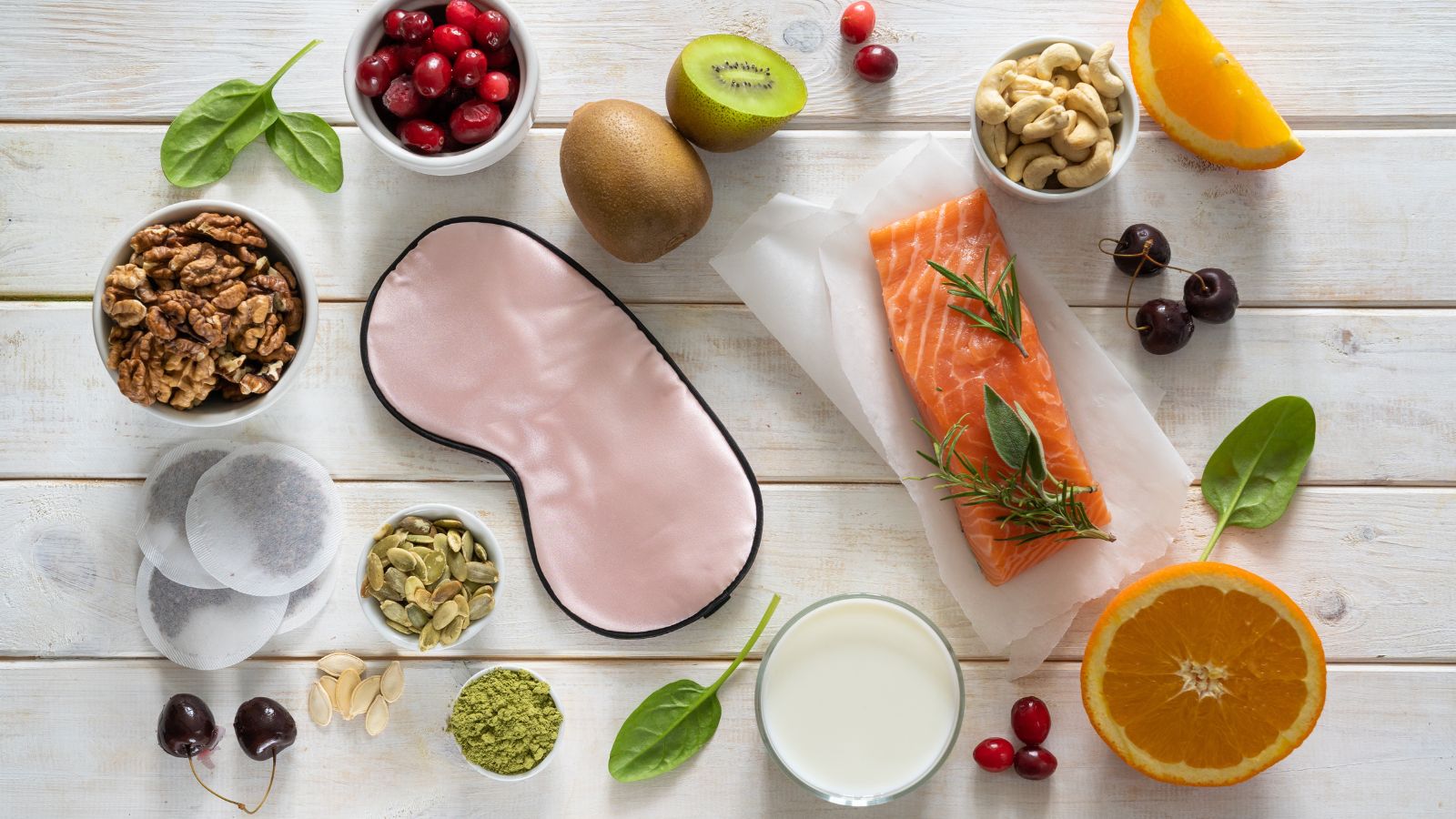
Some dairy cows are treated with recombinant bovine growth hormone (rBGH) to increase milk production. While the FDA deems rBGH safe, its use has been linked to higher levels of insulin-like growth factor (IGF-1) in milk, which some studies suggest could increase the risk of certain cancers.
Titanium Dioxide in Candy and Gum

Titanium dioxide is a common food additive used to whiten products like candy, gum and icing. Despite being allowed for consumption, certain studies have expressed concerns over its safety, especially in nanoparticle form, which may result in inflammation in the body and digestive problems.
Enriched Flour Is Nutrient-Depleted
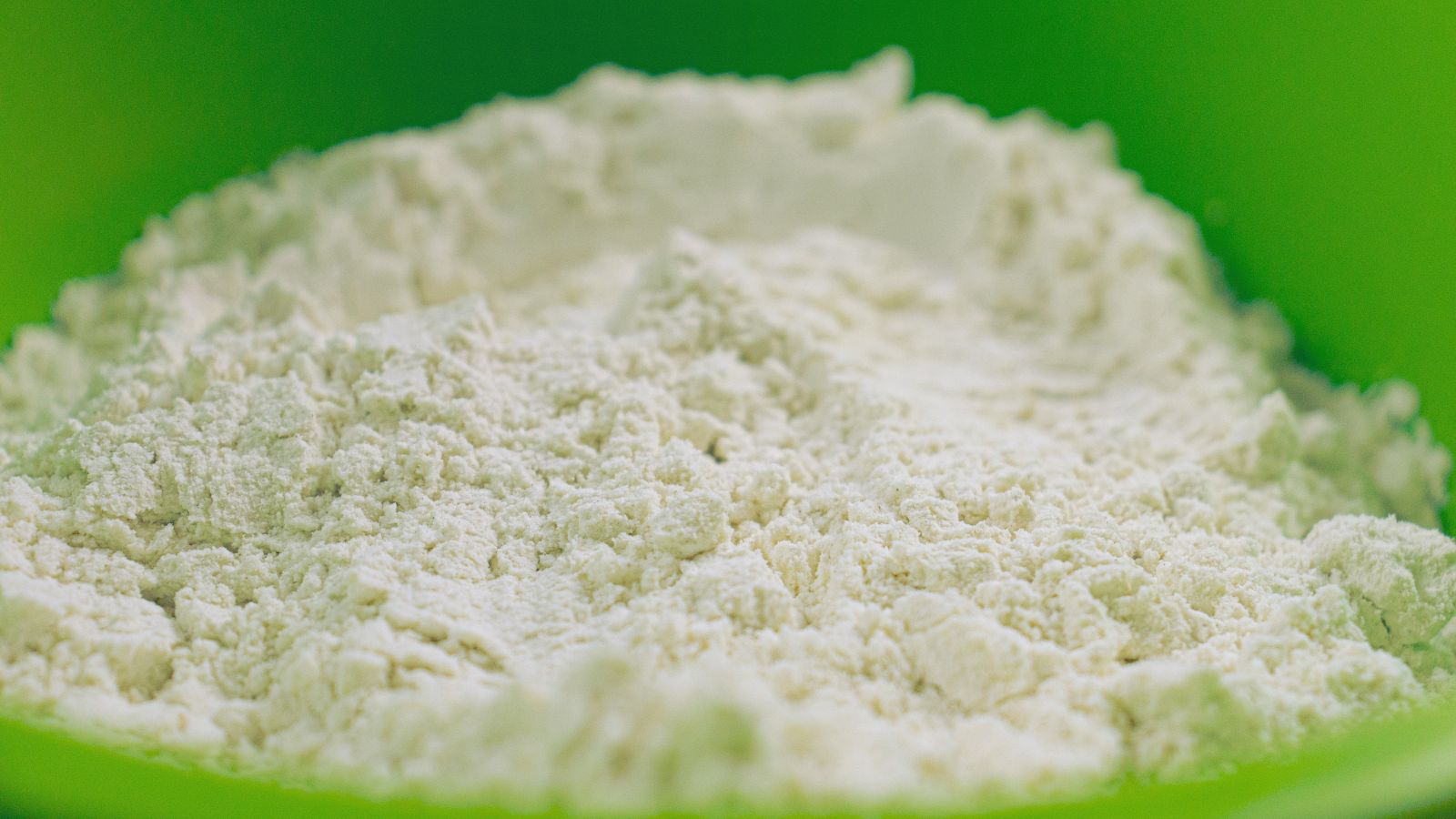
Many breads, crackers and baked goods are made with enriched flour, which is stripped of most of its nutrients during processing. Although vitamins and minerals are added back, the end product is still less nutritious than whole grain alternatives.
Sulfites in Dried Fruits and Wine

Sulfites are preservatives commonly used in dried fruits, wine and some processed foods to extend shelf life. While safe for most people, sulfites can cause allergic reactions in individuals sensitive to them, leading to symptoms like headaches or difficulty breathing.
Propylene Glycol in Ice Cream and Salad Dressing

Used to retain moisture, propylene glycol is an additive found in some ice creams, salad dressings and frostings. It’s also used in antifreeze. Sulfites are generally safe for the majority of people but they can cause allergic reactions in sensitive individuals, resulting in symptoms such as headaches or respiratory issues.
High Levels of Saturated Fat in Plant-Based Meat

Plant-based meats like the Impossible Burger or Beyond Meat are marketed as healthier alternatives to traditional meat, but they often contain high levels of saturated fat, mostly from coconut oil, which can raise cholesterol levels and contribute to heart disease if consumed in excess.
Brominated Vegetable Oil (BVO) in Soft Drinks
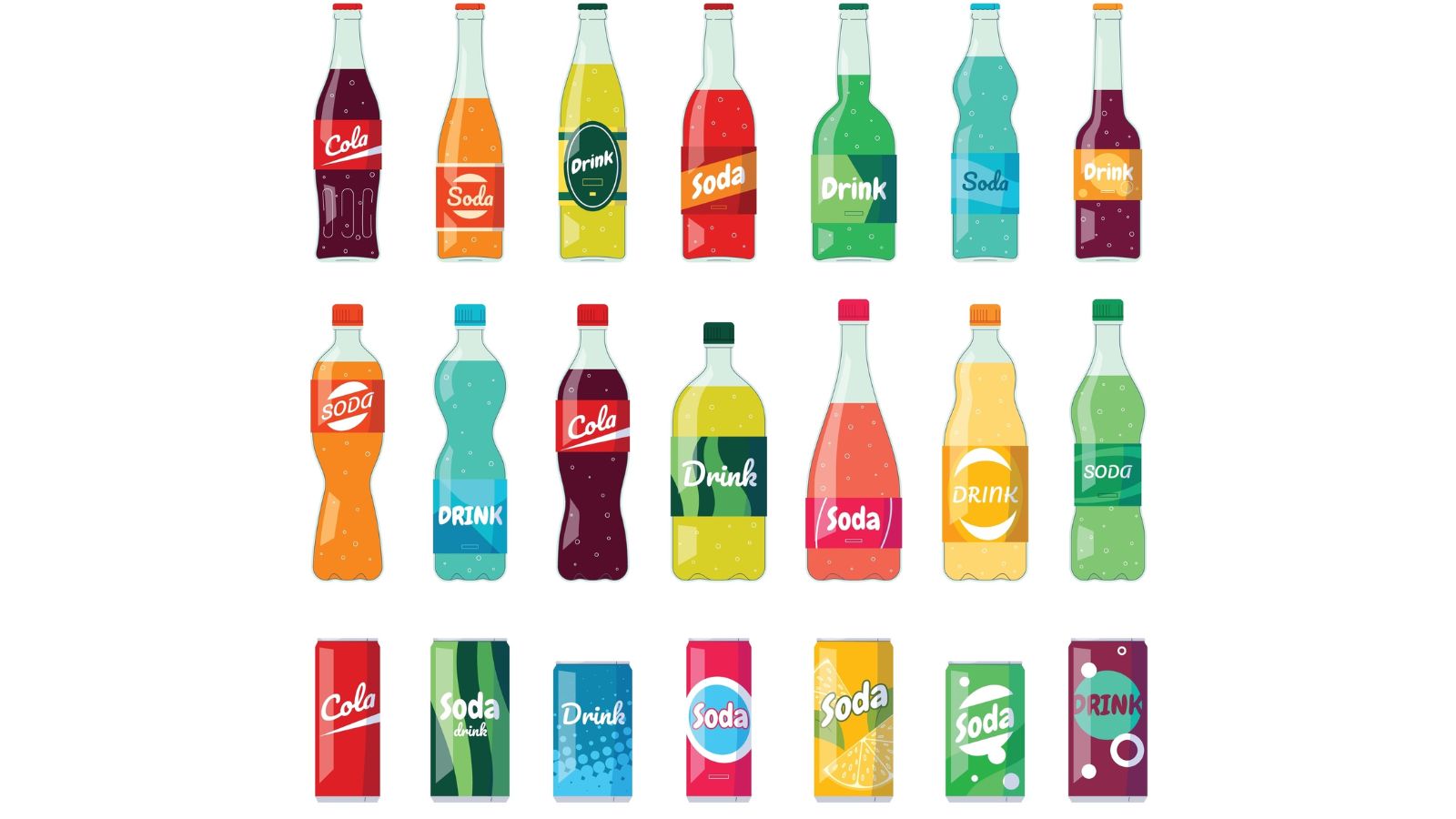
BVO is used in some citrus-flavored soft drinks to keep the flavoring from separating. However, BVO contains bromine, a chemical also found in flame retardants and excessive consumption can lead to health problems like skin irritation and memory loss.
18 Reasons Why People Are Leaving Florida in Masses

Exploring factors that impact the desirability of living in Florida, this list delves into various challenges shaping residents’ experiences. From environmental concerns like rising sea levels to economic factors such as fluctuating job markets, these issues collectively contribute to a nuanced understanding of the state’s appeal.
18 Reasons Why People Are Leaving Florida in Masses
